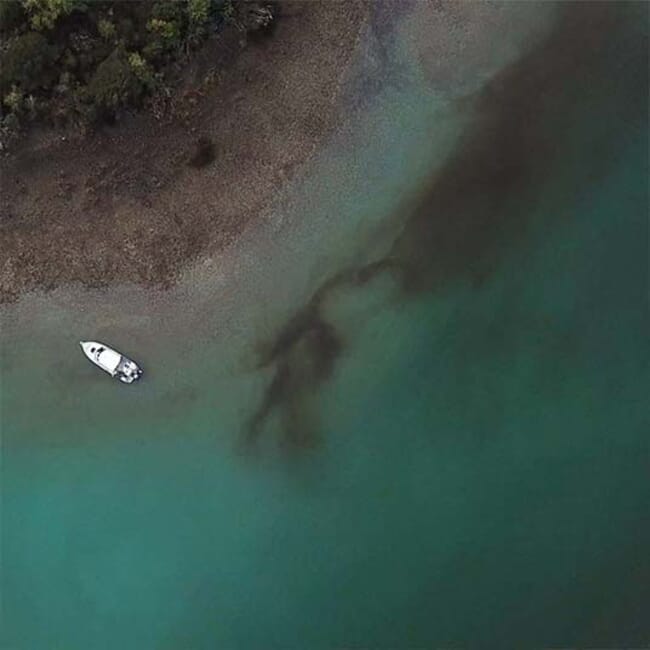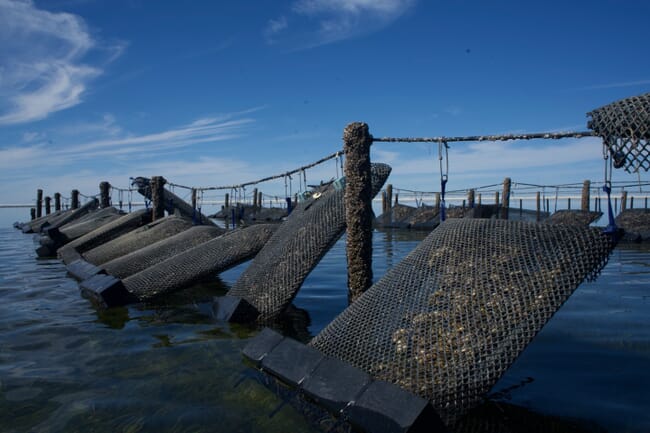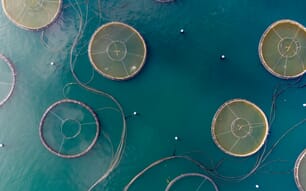
Harmful algal blooms can cause mass mortalities and pose a food safety risk © Cawthron Institute
Harmful algal blooms (HABs) are a known and well-managed risk to food safety and human health, with extensive monitoring and mitigation measures in place. However, new research from New Zealand's Cawthron Institute has revealed that the health of shellfish that ingest or come into contact with the algae can be negatively affected, with implications for the shellfish aquaculture industry.
In a recently published article in the open-access scientific journal Toxins, Cawthron researchers examine the HAB species which are known to bloom both globally and in New Zealand and their effects on commercially important shellfish and fish species. Their findings include previously un-published effects of Alexandrium pacificum (a common HAB species in New Zealand) exposure on juvenile flat oysters and Greenshell mussels, which include paralysis and reduced byssal pad formation, leading to increased shellfish mortalities. They also discuss the effects of climate change on HAB population structure and dynamics and what this means for New Zealand.
Cawthron Institute study lead Dr Anne Rolton Vignier says the results of this study are important because they demonstrate the need to widen the focus of research and management strategies for HABs.
“For obvious reasons, much of our research and work on HABs in New Zealand has been focused on the seafood safety implications – Cawthron researchers have been instrumental in efforts to understand, predict and control seafood safety threats to protect human health,” Dr Rolton Vignier says.
“However, as leaders of the government-funded Shellfish Aquaculture Research Platform and research providers for many shellfish aquaculture industry partners, we were eager to better understand the animal health implications of HABs, so this is a new area of research for us.”
“We had anecdotal evidence and observations from marine farmers which suggested HABs could be having an impact on shellfish health, but we needed to verify that.
“For example, in the Marlborough Sounds, an important Greenshell mussel (GSM) production area, new HABs of Alexandrium pacificum first appeared in 2011, around the same time as a reduction in GSM spat-fall in traditional spat catching areas was first observed.”

HABs pose a threat to New Zealand's aquaculture expansion © Karlotta Rieve
Dr Rolton Vignier says the New Zealand government’s 2019 Aquaculture Strategy targets growth of the industry to NZ $3 billion by 2025; however, a risk to this ambitious target is the occurrence of HABs and the uncertainty around the effects of HAB species and their associated toxins on cultured shellfish species.
“For example, the earlier, larval life stages of shellfish are more sensitive to the effects of stressors such as HABs, so seeing that there are effects on juveniles implies that these earlier life stages will also be significantly affected.”
“Following on from this study, we’ve received funding through the Royal Society of New Zealand’s Catalyst Fund to develop toxin screening tests and we’ll be collaborating with two leading laboratories in France that have expertise in techniques that we’re hoping to draw upon.”

© Tom Morton
“This is all really important progress towards gaining the knowledge and tools we need to enable early detection and screening of local HAB strains to better understand the effects of HABs and other climate change related stressors to support effective stock management.”
“We want to help our aquaculture industry prepare for a changing environment and the uncertainty that goes alongside it as best we can.”




